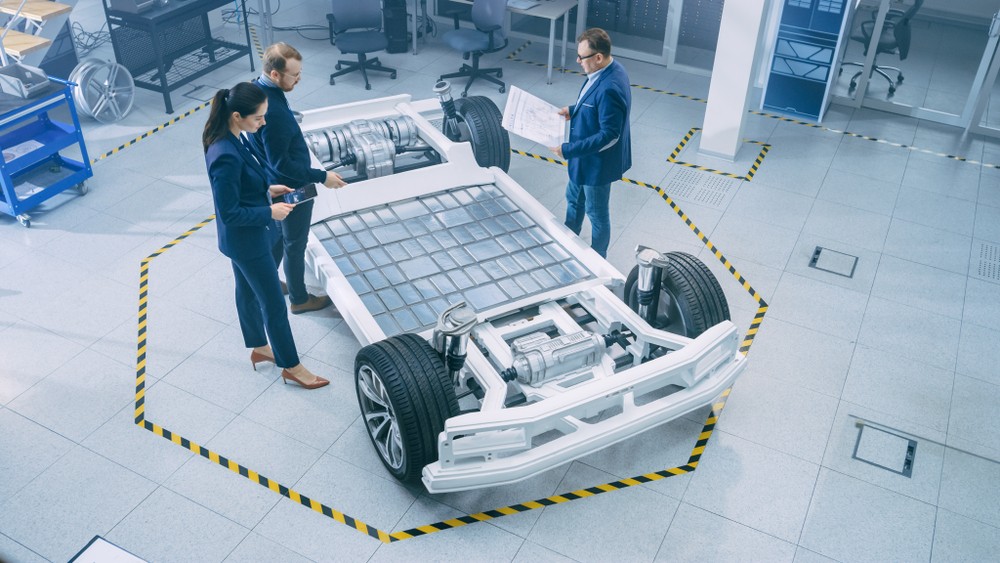How EVs are Shaping the Future of America’s Infrastructure

Infrastructure is a hot topic in American industry right now — and for good reason. There is a $2.3 trillion infrastructure plan coming down the pike, and it is a boon for domestic manufacturers. Among other large-scale infrastructure upgrades are hundreds of billions allocated to roadways, so it’s no surprise to see substantial attention to the future of electric vehicles (EVs) outlined in the plan. In the United States, infrastructure will pave the way to greener pastures.
EV upgrades are long overdue
More and more people are investing in EVs, but one major issue blocks a full rollout: the lack of charging stations across the country. In fact, there are only 41,400 EV-charging stations in the United States — compared to 136,400 gas stations. EV-charging infrastructure needs a huge boost to support the growing production of these vehicles.
Plenty of EV models are on the horizon, and EV drivers need charging stations. Investors are pouring money into companies like ChargePoint and EVgo, which both specialize in charging stations. But even with investor support, automakers need the federal government to offer incentives and funding to motivate buyers. Building an EV-charging infrastructure is expensive, and it requires funding from multiple channels.
Automakers are pushing for support
The lack of infrastructure hasn’t stopped automakers from rolling out new EVs. These automakers understand that EVs are here to stay and will only increase in popularity. They’re releasing vehicles in the hope that government will catch up with future incentive programs.
The upcoming F150 Lightning from Ford is a good example of the new direction automakers are choosing. The F150 is one of the world’s most popular trucks, and Ford is making a major statement by releasing an EV version. We’re likely to see more automakers releasing EV versions of their most popular vehicles in the years ahead.

Why are EVs better for the future?
While many people remain skeptical of EVs, they’re a clear and present benefit in the face of severe climate crisis. EVs don’t produce emissions, which means fewer greenhouse gases and cleaner air. EVs also require less maintenance than non-electric cars and trucks.
EVs employ new technology to offer a safer and more comfortable driving experience. The Tesla Model S received the highest safety ratings of any car ever tested during its crash tests. As city sprawl continues to push outward and populations boom around urban epicenters, EVs provide one answer to road safety and drivetime pollution.
Expect interest in EVs to continue to grow
Thanks to automakers like Tesla, more and more consumers are warming up to the idea of owning an EV. In addition to Ford’s F150 Lightning, several upcoming EVs have sparked consumer excitement. Upcoming models include the BMW iXm, Cadillac Lyriq, Hyundai Ioniq 5, and many more. Most major automakers are now conceptualizing EVs, and more are sure to follow.
With high consumer interest in EVs, it’s crucial for the government to invest in EV-charging infrastructure now. EVs are the cars and trucks of the future, and there’s soon to be massive consumer demand for the infrastructure to support them.